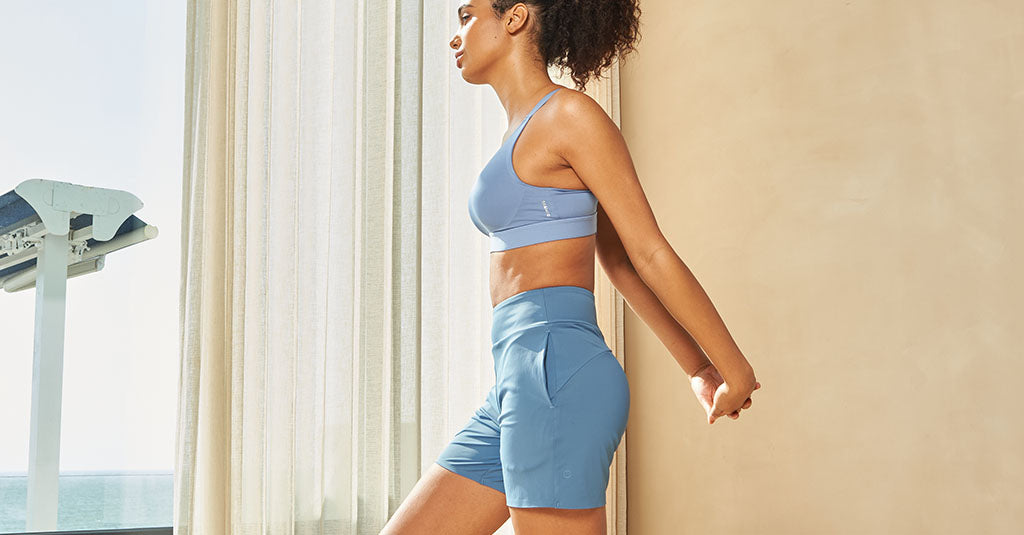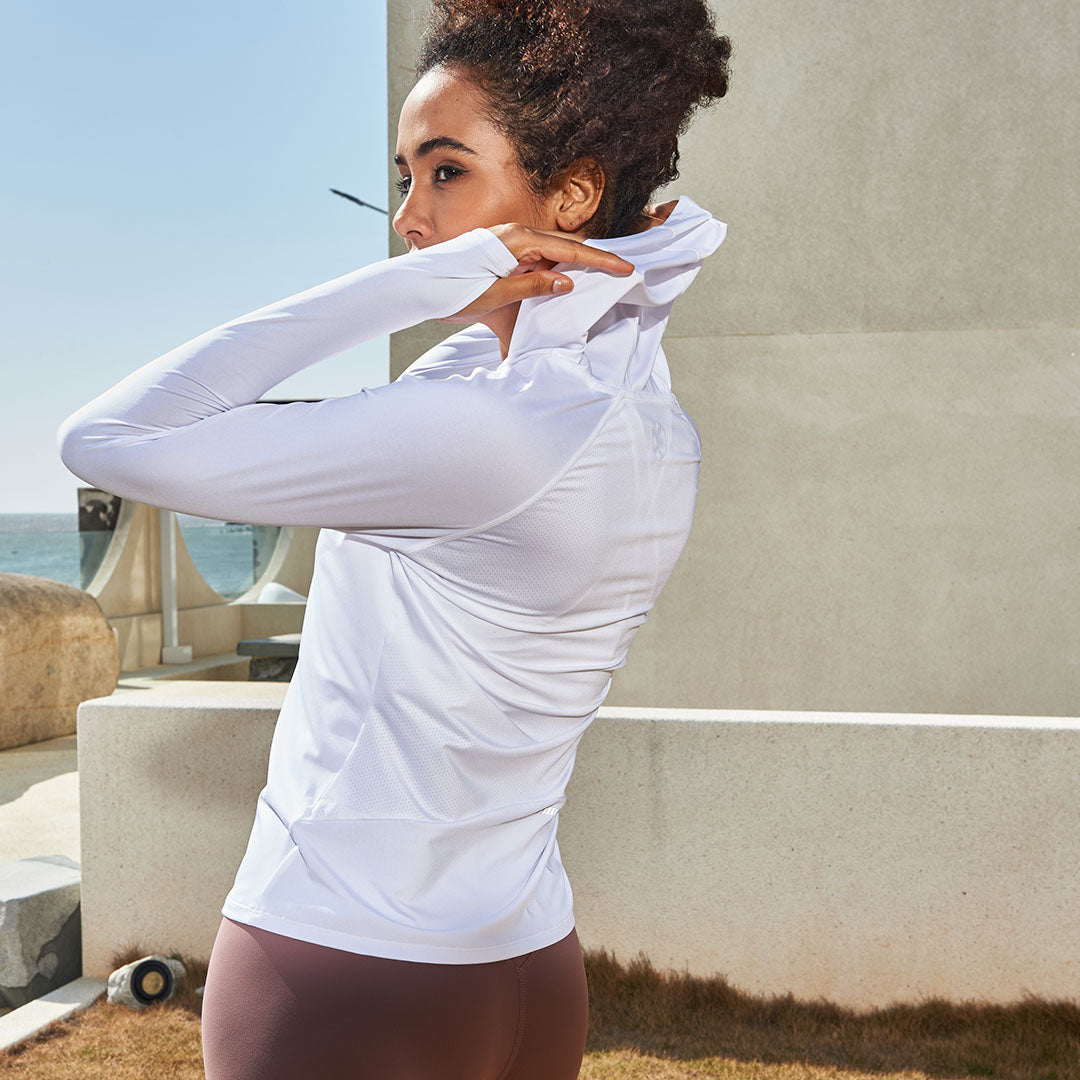Why Do Activities Like Yoga, Ballet, and Gymnastics Require Better Than Normal Flexibility?

When it comes to physical activities that demand grace, control, and precision, few can compare to yoga, ballet, and gymnastics. These disciplines don’t just build strength or balance — they also require a higher-than-average level of flexibility. But why is flexibility so crucial in these specific activities? Let’s break it down.
The Role of Flexibility in Movement
Flexibility is the ability of your muscles and joints to move through a full range of motion. In activities like yoga, ballet, and gymnastics, the body is often asked to stretch, bend, and hold positions that push the limits of ordinary movement. A flexible body reduces the risk of injury, improves posture, and enhances overall performance by allowing for smoother, more controlled transitions between movements.

Yoga: Connecting Breath and Flexibility
Yoga is built around the harmony of breath, balance, and flexibility. Certain poses, especially deep stretches and backbends, require muscles to elongate while maintaining control. Without adequate flexibility, these movements can feel restricted or even painful. Improved flexibility in yoga helps deepen stretches, improve joint health, and achieve a more meditative, stress-relieving experience.

Ballet: Elegance Through Range of Motion
In ballet, flexibility is essential not just for aesthetic appeal, but also for technical precision. High leg extensions, deep pliés, and fluid arabesques depend on supple muscles and open joints. Without good flexibility, a dancer’s range of motion is limited, impacting the grace and seamlessness of their performance.

Gymnastics: Power Meets Control
Gymnastics routines involve rapid, dynamic movements — flips, splits, and vaults — that require both explosive power and exceptional flexibility. Greater flexibility allows gymnasts to absorb impact safely, achieve higher jumps, and execute complex sequences with less risk of muscle strain.
Boosting Flexibility Safely
For anyone interested in improving flexibility, consistency is key. Stretching before and after workouts, incorporating mobility exercises, and taking flexibility-focused classes can make a significant difference over time. It’s also important to listen to your body and progress gradually to avoid overstretching and injury.
Style Matters in Flexibility Training
The right apparel can make flexibility training more effective and comfortable. Breathable, stretch-friendly clothing allows for a full range of motion without restriction. Many women opt for women's yoga shorts during classes and practice sessions, offering both comfort and freedom of movement, especially during hot yoga or intense stretching routines.






